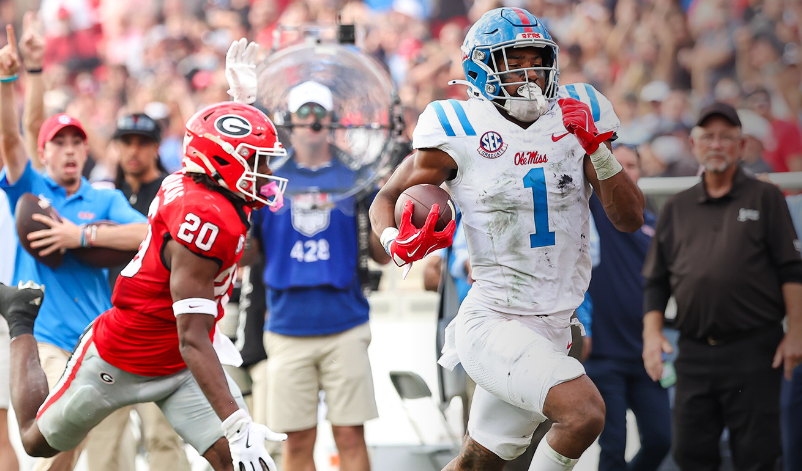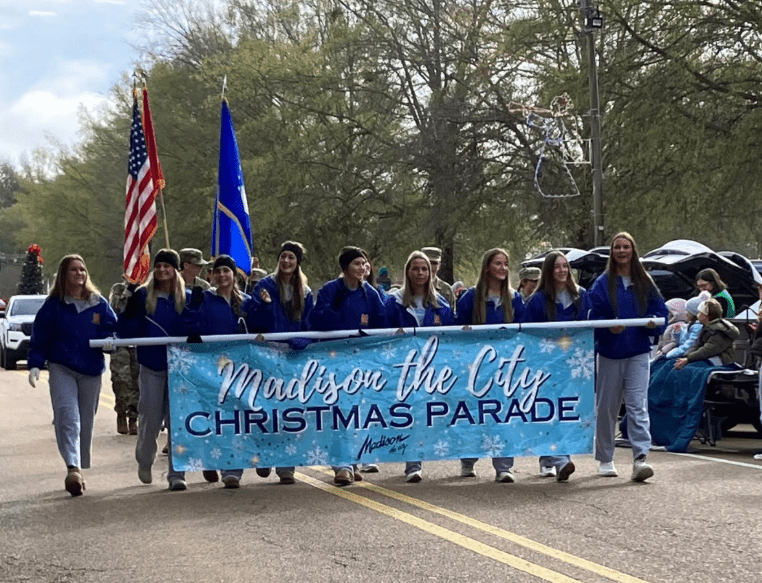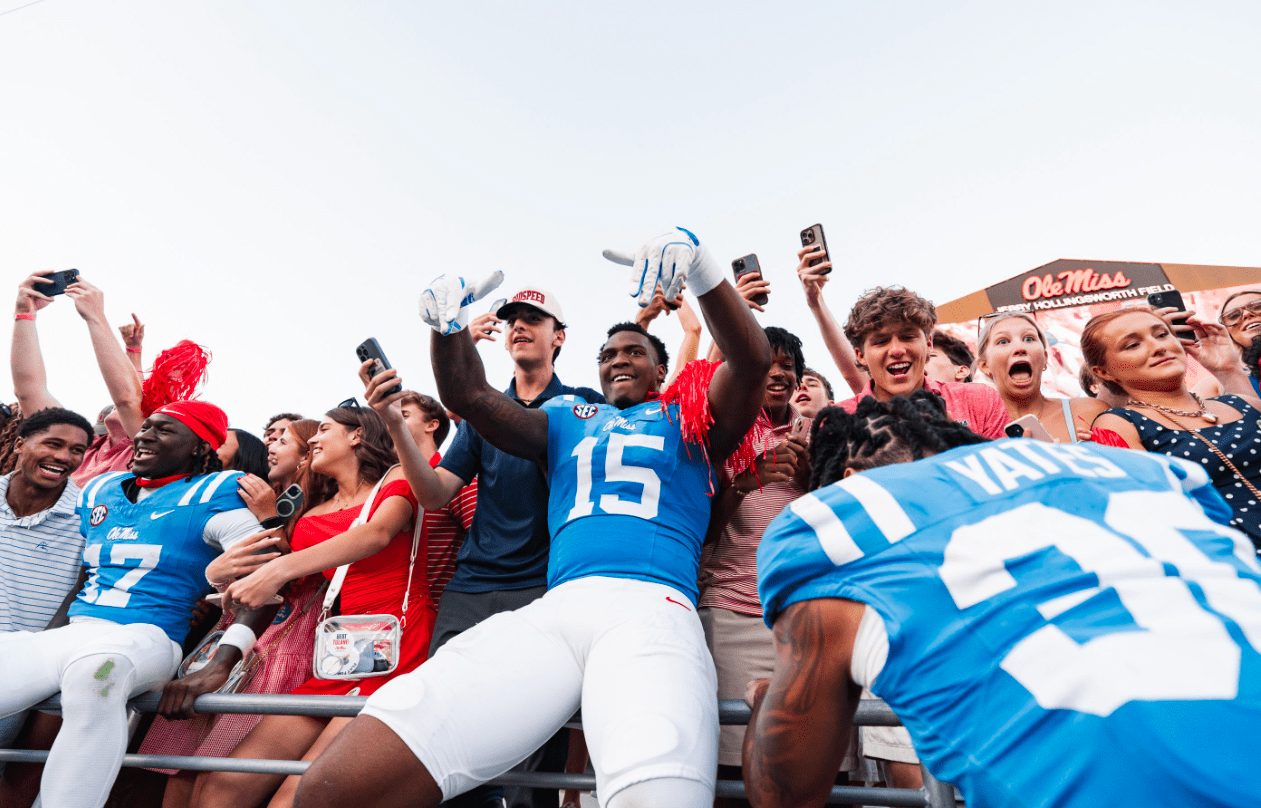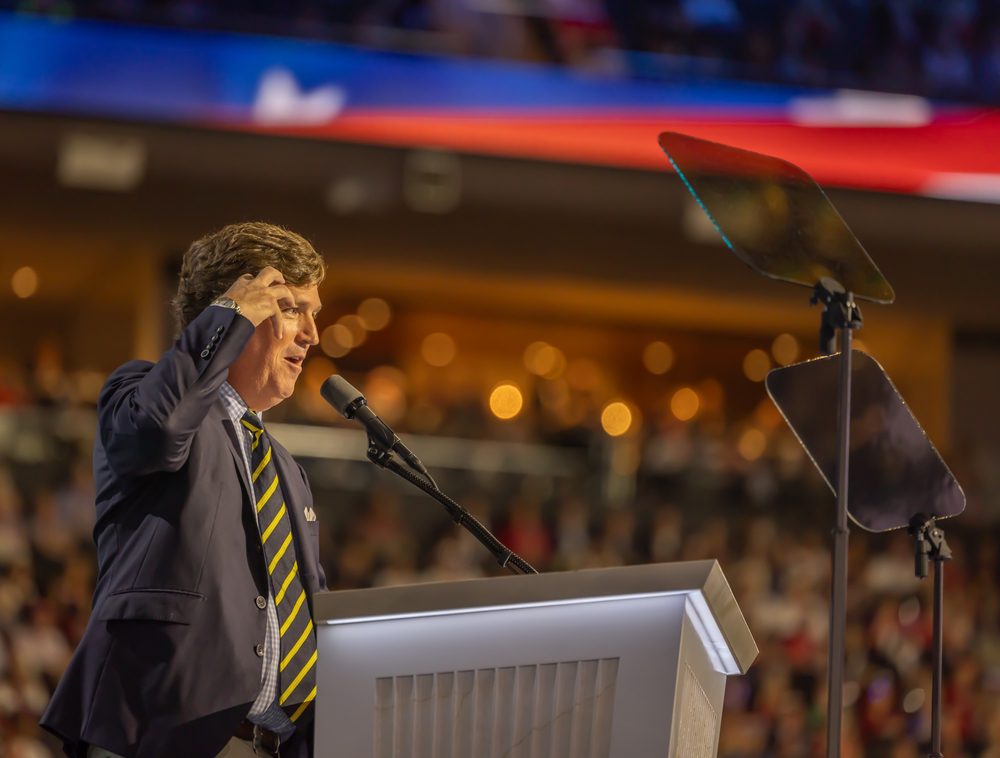
An infantryman rifle used during the Mexican American War and stolen from Beauvoir in the 1970s was part of a multi-state art crime. It’s now back in Mississippi and will soon be displayed at the History Museum.
When Charles H. Gibbs of Raymond, MS carried his .54 Eli Whitney rifle as an infantryman in the Mexican American war back in the mid-1840s, he probably had no thoughts that it would one day be displayed in a museum, then become the subject of a multi-state art crime. But that’s exactly what happened.
The rifle, along with Gibbs’ cartridge case, was donated by his daughter to the Mississippi Department of Archives and History in 1903, just one year after it was founded to collect, preserve, and provide access to the archival resources of the state. The rifle was loaned to the Beauvoir museum on the Gulf Coast in 1941, and in the 1970s it was stolen from that museum. As a matter of fact, the thief stole artifacts, including many weapons, from museums around the country.
“We don’t know much about the thief, or how the crimes were committed,” says Nan Prince, Director of Collections for the MDAH.
Prince was first contacted in 2017 by Randy Deaton, a special agent with the FBI’s Art Crimes Team in New Orleans.
“I did some digging, and found a letter written by the director of the MDAH to Gibbs’ daughter in 1903 thanking her for the donation of the rifle and cartridge box,” says Prince. “The box is actually on display in our Mexican American War exhibit in the Mississippi History Museum.”
It takes time for a crime like this to go to trial.
“COVID also slowed it down a bit,” says Prince.
In December 2021, Michael Corbett of Newark, Delaware was indicted by the Eastern District of Pennsylvania for possession of the firearms and other items he stole from various museums in the 1970s. He pleaded guilty in August 2022 to possessing the stolen items, transporting them across state lines, and in accordance with his plea agreement, turned over additional stolen firearms in his possession to the government.
Seeing how a true crime is unraveled in real time, Prince says it was interesting working with the FBI on the case. She had many telephone conversations with special agent Deaton, then with K. P. Newton, Assistant United States Attorney with the United States Attorney’s Office for the Eastern District of Pennsylvania.
“She kept me up to date on the progress of the case.”
Special Agent Jake Archer with the FBI’s Art Crime Team worked the case.
“The FBI ended up on Corbett’s doorstep with a search warrant based on information developed by Upper Merion Police detectives Andrew Rathfon and Brendan Dougherty, with whom the FBI’s Art Crime Team — alongside the U.S. Attorney’s Office for the Eastern District of Pennsylvania and the Montgomery County District Attorney’s Office — worked closely on this case,” Archer recalled.
Determining which items belonged to which institutions was extremely challenging, given the decades that had elapsed since the thefts and the often-incomplete records kept at the time.
“Subject matter experts were critical in helping us put the pieces together, including Dr. Scott Stephenson and the talented staff of Philadelphia’s Museum of the American Revolution,” says Archer.
A ceremony was held at the Museum of the American Revolution in Philadelphia, PA in March of this year. The FBI’s Art Crime Team and its law enforcement officers repatriated 50 items to 17 institutions in five different states, the oldest dating back to the French and Indian War. Significant pieces included a World War II battlefield pickup pistol belonging to General Omar Bradley, stolen from the U.S. Army War College Museum, and 19th century Pennsylvania rifles, stolen from various museums in Pennsylvania.
In addition to the 19th century rifle used by Gibbs, Corbett also had possession of a Colt Whitneyville Walker revolver stolen from the Connecticut State Library, a French and Indian War-era powderhorn stolen from a Belchertown, Massachusetts museum, and a number of 18th century English and Scottish pistols stolen from the Valley Forge Historical Society Museum.
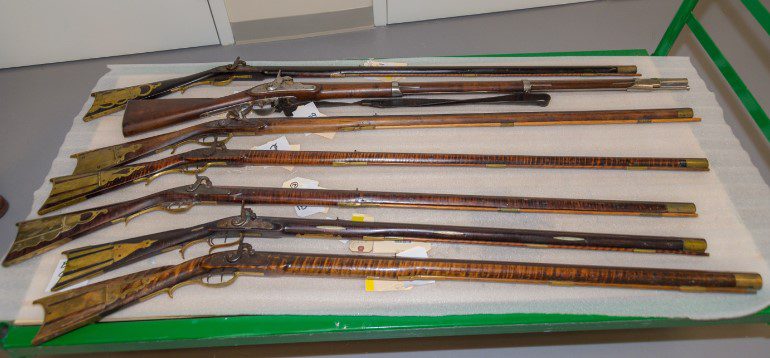
Gibbs carried the rifle while serving in the Raymond Fencibles of the 1st Regiment of the Mississippi Rifle volunteers, commanded by Captain. R.N. Downing under Jefferson Davis in the Mexican American War. Gibbs fought at the Battle of Buena Vista where he was injured on February 22, 1847. He survived his injuries and returned to Raymond where he lived with his wife, Ellen Elder Gibbs until his untimely death by yellow fever in the late 1850s.
The Gibbs rifle was inscribed with his name, along with the dates of battle and where they were fought. The rifle was later used by another soldier in the Civil War and was confiscated by the Union. The weapon disappeared for several decades until it was returned to Ellen Gibbs. The inscription was what helped the FBI’s art crimes team determine where the rifle belonged. It was welcomed back during a ceremony held at the Two Mississippi Museums in Jackson on July 21. FBI Special Agent Randy Deaton presented the Nan Prince.
“The FBI’s Art Crime Program and members of the Art Crime Team are honored to return to the state of Mississippi the Charles Gibbs rifle that was stolen many years ago,” says FBI special agent Deaton.
“From start to finish, this investigation was a methodical process, leveraging the expertise of the Bureau in partnership with our local partners and the U.S. Attorney’s Office — a true team effort,” says Archer. “Cultural property like the rifle now rightfully returned to Mississippi helps us understand who we are as a nation and how we got here. That’s why the FBI is so committed to protecting and preserving these historic items and why repatriations like this are so meaningful for the members of our Art Crime Team. Making these victim institutions whole and bringing these objects back into the public domain are tremendous points of pride for the FBI.”
As for the Gibbs’ rifle, it is currently in safekeeping with the Mississippi Department of Archives and History.
“We are thrilled that it is back where it belongs,” says Prince. “Our plan is to display it along with Gibbs’ cartridge case in the Mexican American War exhibit in the Mississippi History Museum.”
